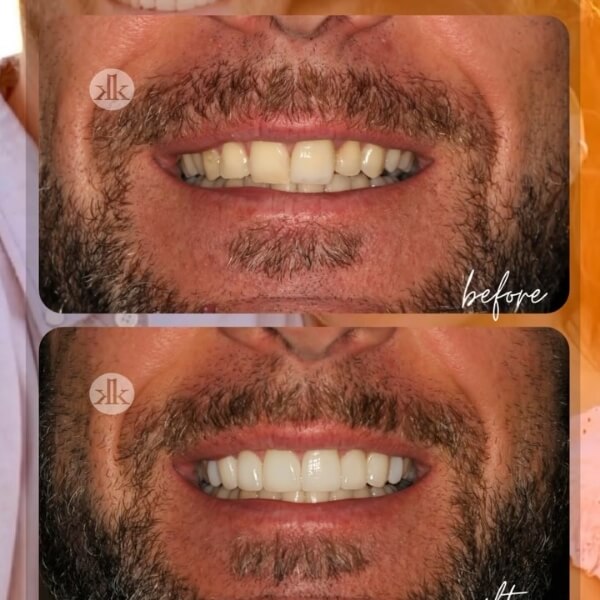Gum disease can severely impact oral health, especially at later stages. Early detection is essential in preventing more serious stages with lasting, irreversible effects. This blog discusses the five stages of gum disease, what happens at each stage, what signs to look out for, and how gum disease can be prevented.
4 Min Read:
One of the most significant oral health concerns, especially since it can increase the chances of other health issues, such as heart disease and diabetes, is gum disease. Luckily, gum disease can be prevented by practicing good oral hygiene and watching for initial signs, as early detection is vital in treating it.
There are 5 Main Stages
1. Gingivitis
Gingivitis is the first stage of gum disease and is the most common and mild form. During the gingivitis stage, the area where the gum meets the tooth—also known as the gingiva—becomes swollen and irritated. The gums may become more red or darker than normal and bleed easily when brushing or flossing.
Gingivitis is the earliest stage and is completely reversible. It can be treated by improving your at-home dental care and getting a professional dental cleaning. However, although it is mild, gingivitis should not be ignored. If gingivitis is not treated correctly, it can progress to periodontitis, a severe form of gum disease that can cause severe damage to your oral health.
2. Stage 1 Early Periodontitis
Periodontitis is a condition characterized by an abundance of oral bacteria that causes serious infections. At the earliest stage, the gums may begin to recede and lose some of the bone around them. “Periodontal pockets” will develop in the spaces between the gum and teeth, creating a space for food, bacteria, and tartar to be trapped in. These “periodontal pockets” make it impossible for your toothbrush to clean what’s inside, causing infection.
Stage 1 periodontitis is the mildest form of periodontitis, so catching it at this early stage is imperative in preventing it from progressing any further. Your dentist can determine if you have periodontitis during a dental examination.
3. Stage 2 Moderate Periodontitis
In the second stage of periodontitis, there will be more progressive tissue loss and chronic infection. The gums will be sore and tender as more bone is lost around the teeth.
4. Stage 3 Progressive Periodontitis
In the third stage, the teeth become loose and more susceptible to falling out. Inflammation of the gums spreads and can cause pain and discomfort in your mouth. The gums continue to recede, and very little supporting bone is left.
5. Stage 4 Advanced or Severe Periodontitis
Also known as advanced periodontitis, stage 4 is the most severe form of this gum disease. At this point, the infection has spread underneath the gums, and there is usually pus around the gumline that causes chronic bad breath. Once the infection spreads under the gums, the gums and supporting tissues break down, leaving nothing to hold your teeth in place. This is why advanced periodontitis is a leading cause of tooth loss.
How Common Is Gum Disease?
Gum disease is very common, and most people experience some form of it during their lifetime. A recent CDC report found that over 47 percent of people 30 years old and over have some stage of periodontal disease. Your risk of gum disease also increases with age; over 70 percent of people 65 years and older experience some stage.
How to Prevent Gum Disease
The best way to prevent gum disease is to maintain good oral hygiene. Brushing your teeth properly and thoroughly at least twice a day, flossing daily, and getting two professional dental cleanings yearly at the dentist are all essential steps in keeping your oral health in good standing.
Some signs of gum disease to watch out for are bad breath, tooth sensitivity, tooth loosening, swollen or bleeding gums, receding gums, or discomfort while eating. If you’re experiencing any of these signs, it’s vital to contact your dentist and get a dental examination to determine what stage of gum disease you may have.
Want to Learn More About Gum Disease in San Diego, CA?
To schedule a consultation at La Jolla Cosmetic Dentistry & Orthodontics, call 858-295-0603 or fill out our online contact form.









